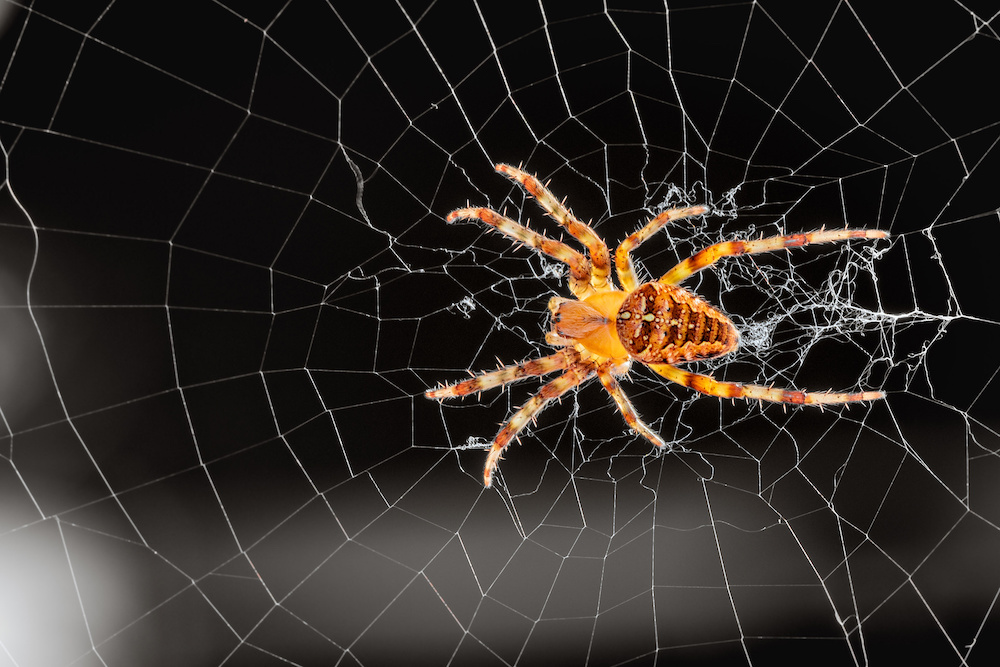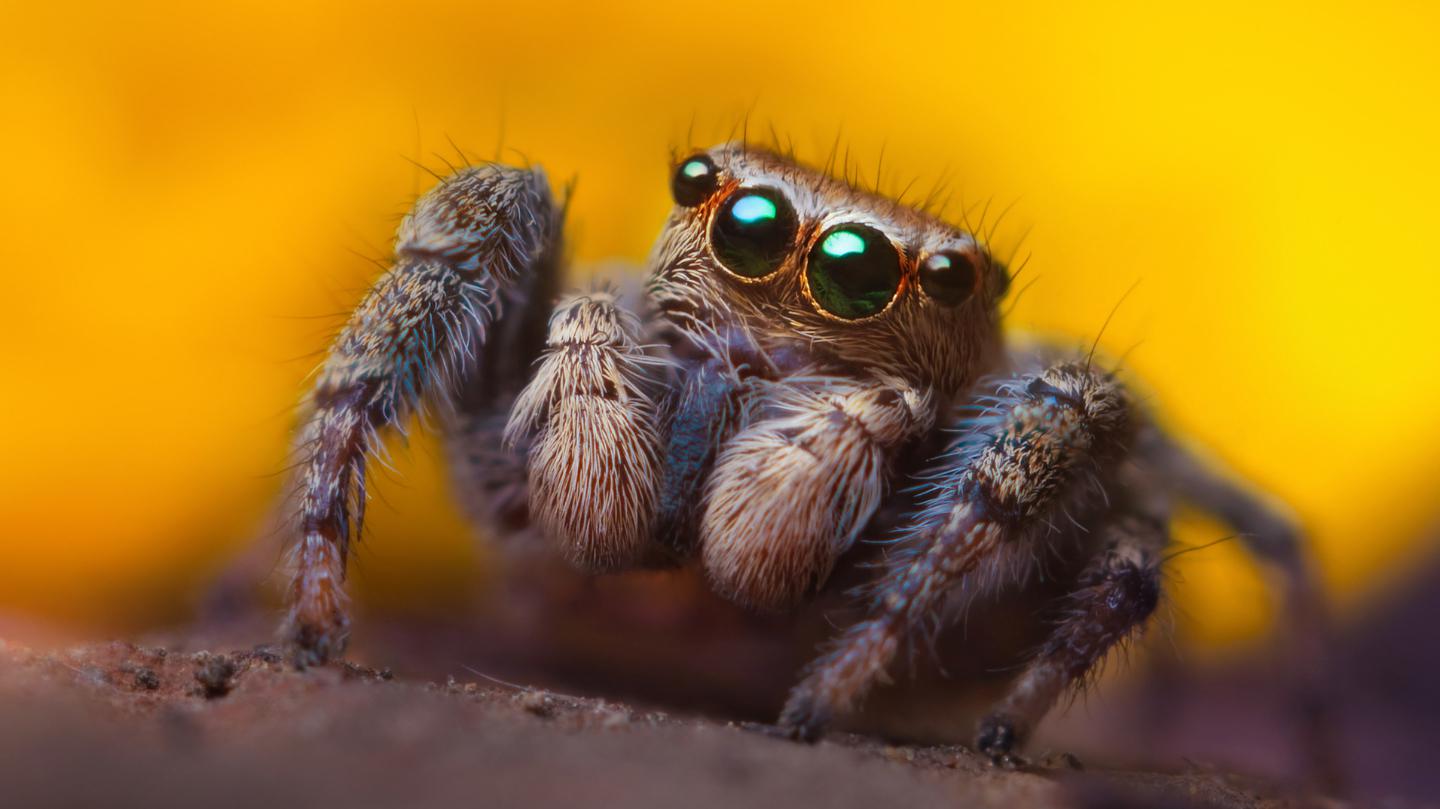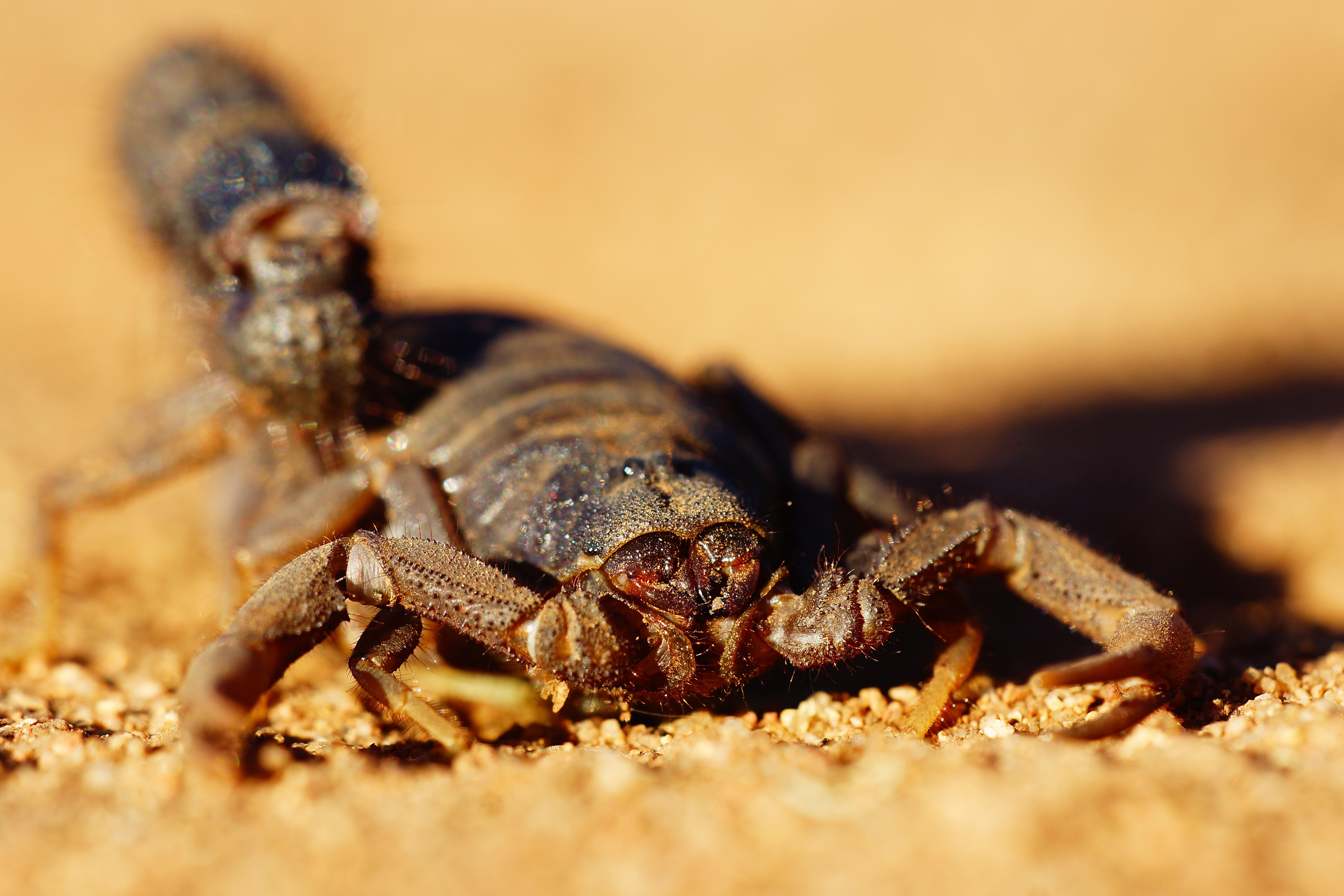Spider webs: How simple arachnids weave such complex structures

- Despite being small and mostly blind creatures, spiders can weave complex webs composed of different types of silk.
- A recent study used infrared cameras and neural networks to record precisely each step of the web-building process.
- The results show that spiders generally follow the same playbook to build their webs and that certain behaviors are predictive of which web-building stage the arachnid is currently in.
For insects that get stuck in spider webs, the silky traps usually mean a slow death. But for researchers who study animal cognition, spider webs offer a unique window into complex behavior: The webs serve as a physical record of the behaviors a spider engages in to build the structures.
Scientists have long been interested in how spiders — animals with a small brain and a poor sense of sight — go about constructing complex webs. Although not all of the world’s 50,000 spider species make webs, the ones that do often can construct multiple types — from orbs to triangles to funnels — and each web can feature different types of silk.
A study recently published in Current Biology is among the first to describe how exactly spiders perform the architectural feat. To find out, researchers used night-vision cameras and neural networks to record the spiders’ movements as they weaved webs.
The results supported past findings showing that spiders generally construct webs in distinct phases, while also showing that it’s possible to reliably predict which web-building stage a spider is engaged in by observing its behavior.
A playbook for weaving webs
The recent study focused on a species of spider called Uloborus diversus, an arachnid common in the U.S. that prefers weaving so-called orb webs at night. To examine the process, researchers built a “behavior arena,” outfitted with infrared cameras, in which individual spiders could build webs, which usually takes several hours. It typically starts with the spider building a disorganized web called a “proto-web,” which has no clear shape or regularity.
“It is thought that this stage of web building is an exploratory phase in which the spider assesses the structural integrity of its surroundings and locates anchor points for the final web,” the paper noted.

The spider ultimately ends up removing most of the proto-web or restructuring some of the lines into radii. With the radii in place, the spider then usually anchors silk on the periphery of the web to build a frame. Finally, the spider constructs two spirals: an auxiliary spiral, which is thought to reinforce the structure, and a capture spiral made from especially sticky capture silk. The end result is an orb.
Behavioral blueprints
After tracking the spiders’ movements during the web-building process, the researchers found that the spiders exhibited a shared set of movements to build their webs. The final webs didn’t always have the same shape, and not all spiders followed the exact same progression when weaving their webs.
But in general, the spiders seemed to be following the same set of rules to build webs, using primarily their sense of touch. What’s more, the researchers found that certain sequences of behaviors, such as specific leg movements, were predictive of which stage of the web-building process the spider was in.
Overall, the results suggest that spiders’ web-building playbook is encoded in their brains. Whether those architectural instructions are encoded at the level of neurons remains an open question. In future studies, the researchers hope to explore that question by giving spiders mind-altering drugs and monitoring for behavioral changes.
“Neuroactive chemicals such as caffeine and methamphetamine are known to alter certain parts of the web geometry while leaving others intact,” the paper noted. “These drugs alter neuromodulatory pathways in the brain, which indicates that these pathways may participate in web-building behavior to varying degrees depending on web stage.”
The fact that a spider’s brain possesses complex behavioral blueprints suggests there’s much more to learn about how behaviors are encoded in other animals.
“We are hoping that the lessons we can learn in the brain of a spider can serve as building blocks for understanding similar behavioral brains, such as our own,” study author Abel Corver said in a video.





